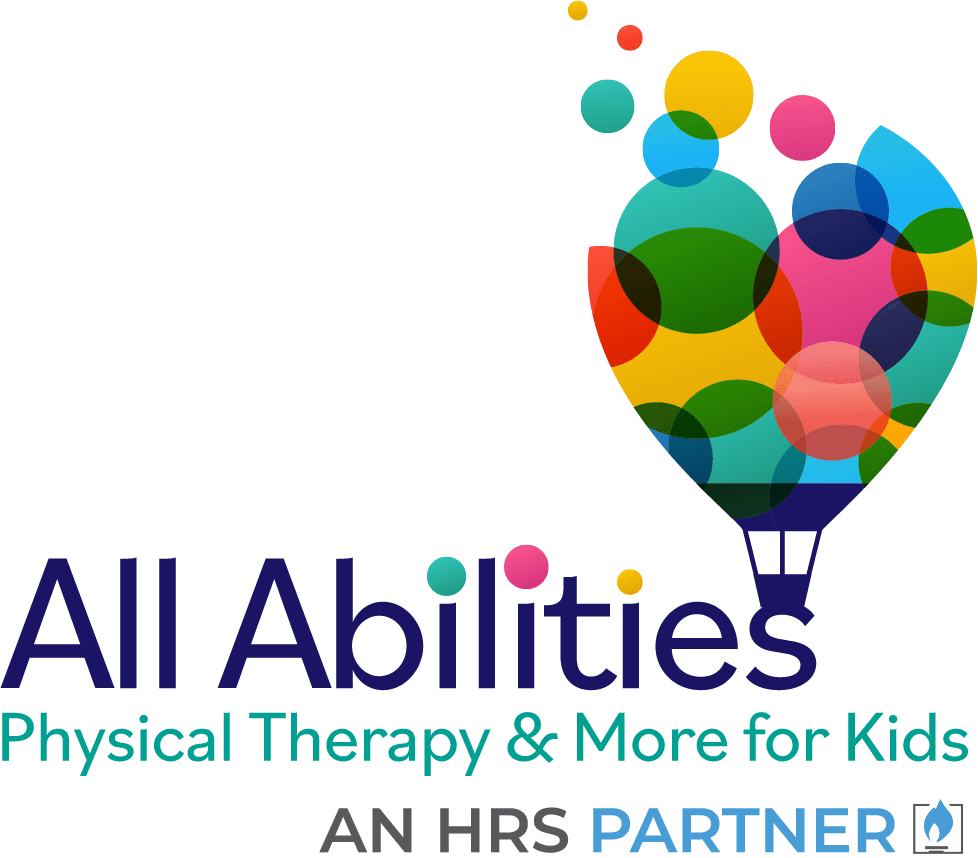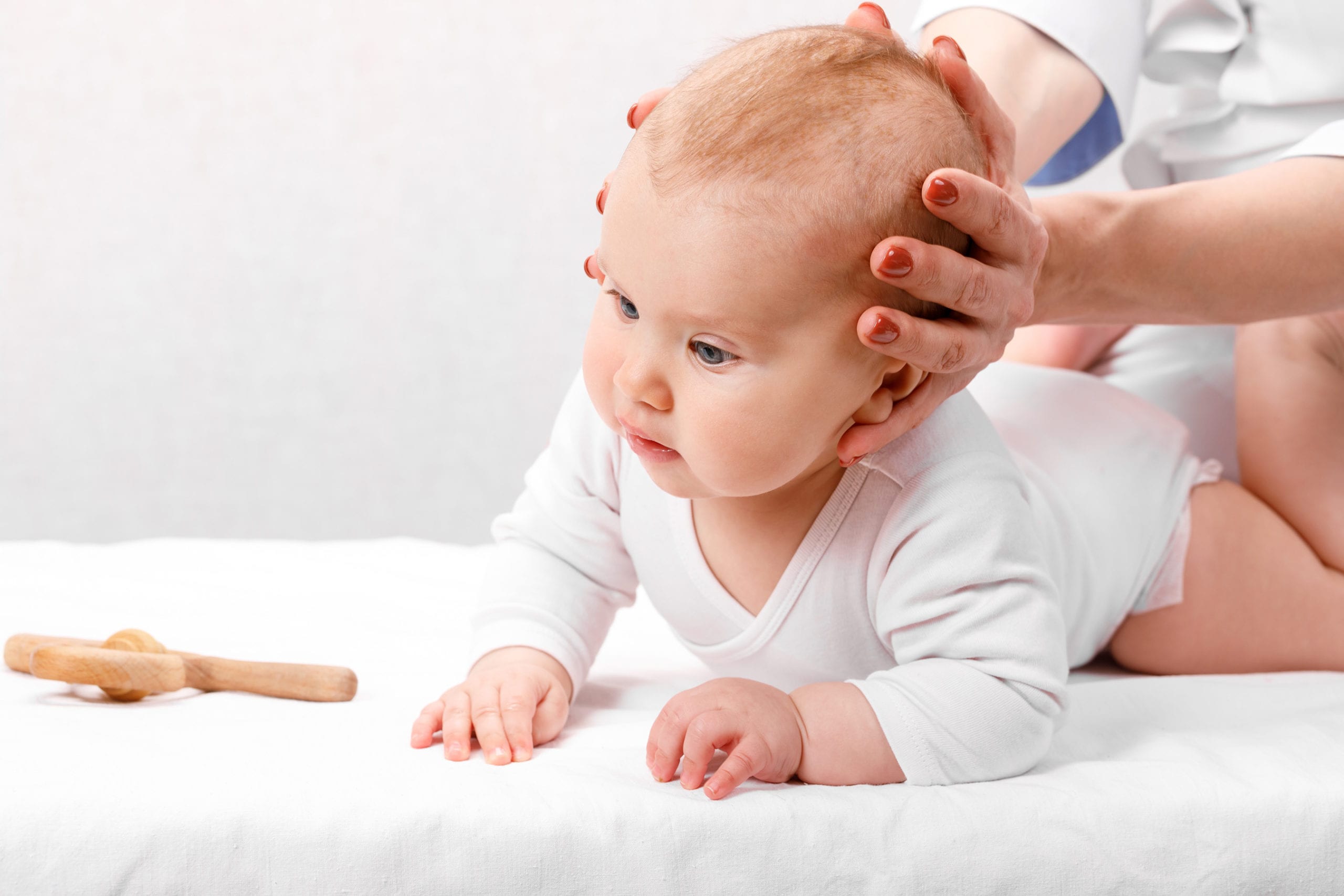As physical therapists, we define ourselves as “movement specialists.” You may have experienced physical therapy yourself or know someone who has, especially after an injury or joint replacement in an outpatient clinic. Physical therapists in the realm of orthopedics and adults focus on reducing swelling, increasing range of motion or flexibility, strengthening, and improving balance to help patients get back to their previous level of activity. Beyond those orthopedic injuries, physical therapists treat a wide array of diagnoses (plantar fasciitis, chromic pain, TMJ, ect.) We help you move in the most optimum way to do the things you want to do. You may also run into us in different settings beyond an outpatient clinic such as:
- Home Health
- Hospital (Inpatient, Long Term Acute Care, Rehabilitation, Outpatient)
- Skilled Nursing Facility (Short Term Rehabilitation, Long Term Care)
- Workers’ Compensation
What do we do with kiddos in pediatric physical therapy?
Pediatric physical therapists are still movement specialists. We still treat some of those orthopedic conditions in the same manner as adults, like back pain from poor posture or scoliosis, sprained ankles, or torn ACLs (Anterior Cruciate Ligament) after a sports game. We just have more fun with it! Similar to adults, we are working on improving any limitations with range of motion, strength, endurance, mobility, balance, and overall ability to play with other kiddos their age. Pediatric PTs also treat various neurological and genetic conditions, like Cerebral Palsy and Down Syndrome.
Some of the most common diagnoses specific to pediatrics that we treat are developmental delays, torticollis, plagiocephaly and/or brachycephaly. Babies with these diagnoses sometimes come in as early as a week old!
Kiddos who are not meeting their milestones (sitting, crawling, walking, etc.) are considered to have a developmental delay. They should be referred to physical therapy so that we can help them get back on track with their movement skills or to determine if we need extra help from other specialists. Older kiddos can also show delays with their gross motor skills, due impairments with their strength, endurance, power, balance, and coordination. They might fall a lot, especially while running, or complete stairs with a step-to pattern instead of alternating their feet on each step. We can help these kiddos improve their movement skills to help them navigate their environment safely and play with peers.
Plagiocephaly or brachycephaly diagnoses are often paired with torticollis in babies. We see one or both diagnoses in kiddos who have a head preference (choosing to look only one way) while they are lying on their back and do not have the strength to roll their heads the other direction. The heads of babies are very soft and since they spend most of their time lying down, they may develop a flat spot that on their head- what we call “plagiocephaly” or “brachycephaly”. Babies who have reflux, a large head, dislike tummy time, have spent time in the NICU, or have other complex diagnoses, are typically the kiddos we see with torticollis. Resolving torticollis is important to help reach gross motor milestones and prevent asymmetries to promote good coordination and balance as they get older. If you notice your little one developing an abnormal head shape or only looking one way, have no fear! Pediatric physical therapy can help!
Toe walking is another diagnosis, caused by a variety of reasons, that pediatric physical therapy can treat. Toe walking is exactly as it sounds – walking on the toes instead of the heel-toe pattern that is considered typical. New walkers might walk on their toes and with a wider stance or base of support as they are figuring out their balance and coordination for this new skill, but the heel-toe pattern appears within 6 months after they started to walk. If your kiddo learned to walk over 6 months ago and prefers this toe walking pattern, then physical therapy is beneficial! Toe walking could be due to muscle spasticity as in cases with cerebral palsy, autism and sensory issues, muscle weakness throughout the legs or core, or simply decreased muscle length through the Achilles tendon. Sometimes your child may just prefer to do it, which can lead to decreased muscle length and muscle weaknesses, which can interfere with balance and coordination.
As pediatric physical therapists, we have many tools and techniques to help promote gross motor milestones, symmetrical head motion, heel-toe gait patterns, and so much more! Some techniques are similar to physical therapists treating adults, but ultimately it all comes down to helping kiddos move to the best of their abilities while having a little fun. It does take a village to get kiddos moving, so we ask you as parents and caregivers to take what we teach you in sessions and help facilitate and promote these movements at home. Together, we will help you and your kiddo reach their goals and improve your kiddo’s participation in life!



